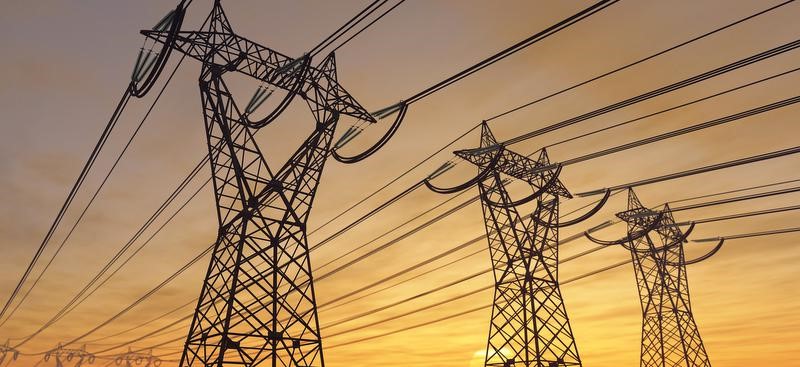Free Courses Sale ends Soon, Get It Now


Free Courses Sale ends Soon, Get It Now



Disclaimer: Copyright infringement not intended.
Context
Details
Introduction to Electricity Transmission
Components of Electricity Transmission:
Transmission Network Structure:
AC (Alternating Current) and DC (Direct Current) Transmission:
DC Transmission:
AC Power Transmission:
Transmission System Operation and Control:
Grid Operations and Management
Challenges in Electricity Transmission
Transmission Efficiency and Loss
Recent Developments and Future Trends
|
PRACTICE QUESTION Q. Discuss the fundamentals of electricity transmission, highlighting the complexities associated with multiple phases of electric current, voltage, impedance, and frequency. (250 Words) |
© 2024 iasgyan. All right reserved